30FPS vs 60FPS: What is The Difference and Which One is Better
When it comes to the world of digital video, one crucial factor that significantly impacts the overall viewing experience is the frame rate, measured in frames per second (fps). 30fps vs 60fps has long been debated among videographers, content creators, and tech enthusiasts. As technology continues to evolve, understanding the nuances of these frame rates becomes increasingly essential for delivering an engaging and immersive visual experience.
In this guide, we'll explore the details of 60 fps vs 30, their differences, applications, and the factors influencing their choice. Whether you're a professional videographer, a gaming enthusiast, or simply someone who appreciates high-quality visuals, we will provide you with the knowledge you need to make an informed decision.
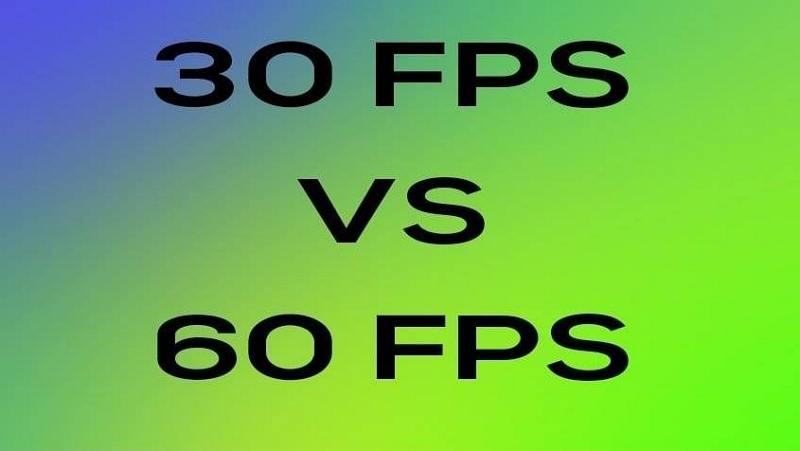
Part 1. What Is Frames Per Second (FPS)
Before diving into the Difference between 30fps and 60fps, it's essential to understand the concept of frames per second (FPS). FPS is the number of individual pictures or frames displayed sequentially in a single second of video playback. The higher the FPS, the smoother and more fluid the motion appears to the human eye.
What are 30FPS and 60FPS?
30fps, or 30 frames per second, has been a long-standing standard in television broadcasts and cinematic productions. This frame rate balances visual quality and efficient resource utilization, making it a practical choice for many applications.
On the other hand, 60fps, or 60 frames per second, represents a significant leap in visual fidelity. By doubling the number of frames displayed per second, 60fps videos offer a smoother and more lifelike experience, particularly in scenarios involving fast-paced action or intricate motion.
Part 2. What is the Difference Between 30fps and 60fps?
The core difference between 30 fps and 60 fps video lies in the number of frames displayed per second, impacting various aspects of the visual experience. Here's a detailed look at how these two frame rates differ:
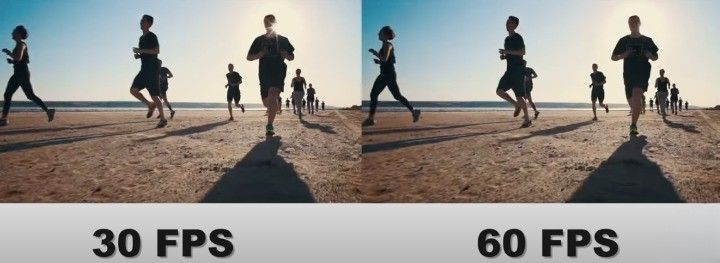
Frame Rate
Frame rate is the fundamental factor that separates 30fps from 60fps video. While 30fps displays 30 individual frames sequentially in one second, 60fps doubles that frame cadence to 60 frames per second. This increase in frame rate has significant implications for motion portrayal and perceived video quality.
Motion Smoothness
Directly tied to the frame rate disparity, 60fps videos appear conspicuously smoother in rendering motion compared to their 30fps counterparts. The higher temporal sampling rate of 60 frames per second captures motion more precisely, reducing stuttering and lending a fluid, lifelike quality to movements.
In videos, motion blur occurs when rapidly moving objects appear blurred across multiple frames due to their movement during the frame's exposure period. At the higher 60fps rate, motion blur is significantly reduced since movement is captured more accurately across twice as many frames compared to 30fps.
Detail and Clarity
With double the frame sampling rate, 60fps video can portray finer details and clarity during motion much more effectively than 30fps video. Quick movements, textural information, and rapidly changing elements appear sharper and more defined at the higher frame rate.
File Size
The increased frame count and data rate of 60fps results in considerably larger file sizes than 30fps video of the exact resolution and duration. With double the number of frames to encode, 60fps video files can be over twice as large as their 30fps equivalents.
Power Consumption
The increased compute workload of 60fps video also impacts power consumption and battery life compared to 30fps. The higher processing demands can drain batteries faster on portable devices like laptops, phones and cameras when recording or streaming at 60fps.
Part 3. Pros and Cons of 30fps vs 60fps Video Recording
Is 30fps better than 60fps? Like most technological advancements, 60 vs 30fps video recording has pros and cons. You may choose wisely depending on your wants and requirements if you are aware of these benefits and trade-offs.
Pros of 30fps:
- Lower File Sizes: 30fps videos generally have smaller file sizes than their 60fps counterparts, making them easier to store, transfer, and stream.
- Efficient Bandwidth Usage: With lower data requirements, 30fps videos are more bandwidth-friendly, which can benefit online streaming or sharing on platforms with limited data plans.
- Compatibility: 30fps has been the industry standard for a long time, ensuring broad compatibility with various devices and platforms.
Cons of 30fps:
- Limited Motion Clarity: With fewer frames per second, 30fps videos may appear less smooth and lifelike, particularly during fast-paced action sequences.
- Increased Motion Blur: Objects in motion can appear blurred or smeared due to the considerable distance travelled between frames.
Pros of 60fps:
- Smoother Motion: 60fps videos offer a more fluid and lifelike viewing experience, with reduced stuttering and improved motion clarity.
- Enhanced Detail: The higher frame rate captures more frames per second, resulting in sharper details and reduced motion blur.
- Improved Gaming Experience: 60fps is widely adopted in the gaming industry, providing a more responsive and immersive gameplay experience.
Cons of 60fps:
- Larger File Sizes: With twice the number of frames per second compared to 30fps, 60fps videos typically have larger file sizes, requiring more storage space and bandwidth.
- Higher System Requirements: Capturing, editing, and playing back 60fps movies may need greater hardware resources, such as computing power and graphics capability.
Part 4. Which Frame Rate is Better - 30fps or 60fps?
The choice between 30 vs 60 fps ultimately depends on several factors, including the intended use case, hardware capabilities, and personal preferences. The following are some essential things to remember:
- 1. Content-Type:Fast-paced action sequences, sports events, and gaming content generally benefit from the smoother motion and enhanced detail provided by 60fps. However, the traditional 30fps can be a suitable choice for more cinematic or narrative-driven content.
- 2. Hardware Capabilities:Capturing, editing, and playing back 60fps videos can be more resource-intensive, requiring more powerful hardware and graphics processing capabilities. If your hardware is limited, 30fps may be a more practical option.
- 3. Storage and Bandwidth Constraints:60fps movies have bigger file sizes, which might be an issue if you only have a limited amount of storage space or bandwidth to share or stream material.
- 4. Compatibility and Distribution:While 60fps support is becoming more widespread, some older devices or platforms may need more compatibility. If you must ensure broad compatibility, 30fps may be the safer choice.
Part 5. How to Convert 30FPS into 60FPS or Vice Versa
While understanding the differences between 30fps and 60fps is crucial, there may be instances where you need to convert videos from one frame rate to another. This could be for compatibility reasons, optimizing file sizes, or tailoring the viewing experience to specific requirements.
Fortunately, tools like the HitPaw Univd (HitPaw Video Converter) make this process seamless and efficient. It is a versatile video conversion software that allows you to convert videos across formats, including altering the frame rate from 30fps to 60fps or vice versa. HitPaw Univd offers a user-friendly interface and a wide range of features to streamline your video conversion needs.
Features of HitPaw Univd
HitPaw Univd is a powerful and comprehensive video conversion tool that offers a wide range of features, including:
- Versatile format support: Convert videos to and from popular formats like MP4, AVI, MKV, MOV, FLV, and more.
- Frame rate conversion: Easily convert videos between 30fps and 60fps frame rates.
- Video editing tools: Trim, crop, rotate, merge, and apply various effects to your videos.
- Subtitle management: Add, remove, or edit subtitles in different formats (SRT, ASS, VTT, SSA).
- Batch conversion: Convert multiple videos simultaneously, saving time and effort.
- Hardware acceleration: Utilize your computer's hardware resources for faster conversion speeds.
- User-friendly interface: Intuitive and easy-to-navigate interface for a smooth user experience.
- Cross-platform compatibility: Available for both Windows and macOS users.
Guide of Increasing & Decreasing Video Frame Rate
To begin converting your videos between 30fps and 60fps, follow these simple steps:
Step 1.Download and install HitPaw Univd on your Windows or Mac computer. Once the installation is complete, launch the software.
Step 2.Click "Add Video" or drag and drop your video files into the HitPaw Univd interface. The videos will be imported into the queue and ready for conversion.

Step 3.Click the Convert all to option in the lower left corner to select an output format for all imported files.

When you select an output format, click the edit icon to open the format preferences window where you can choose the quality, adjust the frame rate, bit rate, etc.

Step 4.Save your changes and click the Convert button to start converting videos to the frame rate you need.

Step 5.After the conversion, go to the "Converted" tab within HitPaw Univd to access your newly converted videos. You can click "Open Folder" to quickly locate and view your computer's converted 30fps or 60fps videos.

With HitPaw Univd, you can effortlessly switch between 30fps and 60fps frame rates, ensuring your videos are optimized for their intended purpose: smooth playback, efficient storage, or compatibility with specific devices or platforms.
Conclusion
In the ever-evolving world of digital video, the choice between 30fps and 60fps is more than just a technical consideration; it's a decision that can significantly impact the viewing experience. While 30fps has been a long-standing industry standard, offering compatibility and efficient resource utilization, 60fps has emerged as a game-changer, delivering smoother motion, enhanced detail, and an immersive experience tailored for modern content consumption.
Remember, the decision between 30fps and 60fps is not a one-size-fits-all solution. It carefully balances visual fidelity, resource requirements, and the intended viewing experience.
By understanding the nuances of each frame rate and leveraging tools like HitPaw Univd, you can ensure that your videos are optimized for their intended purpose, captivating your audience with a seamless and engaging visual journey.





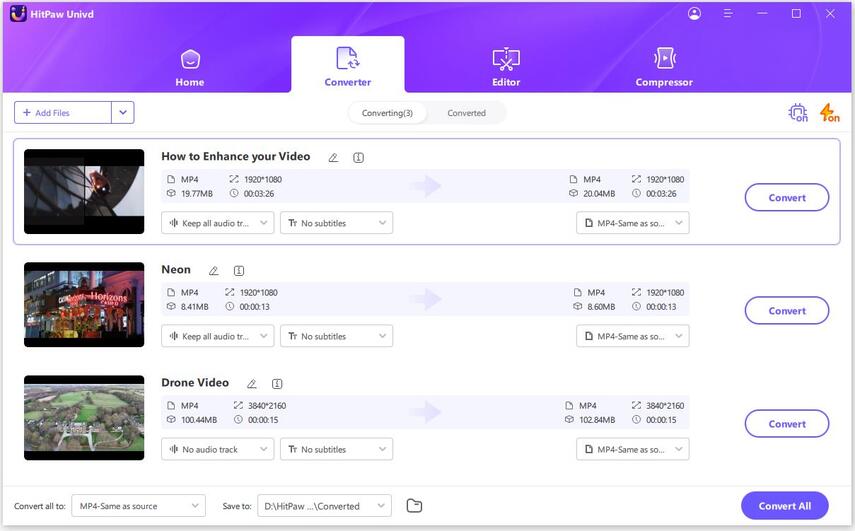
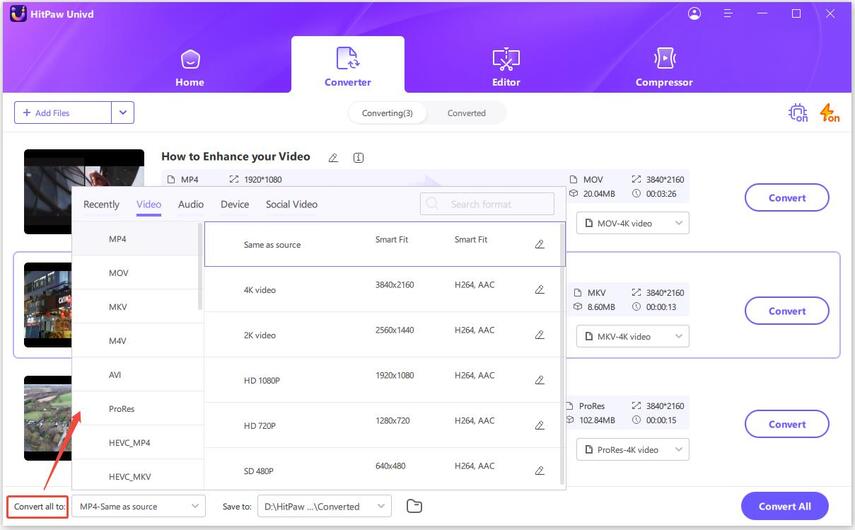

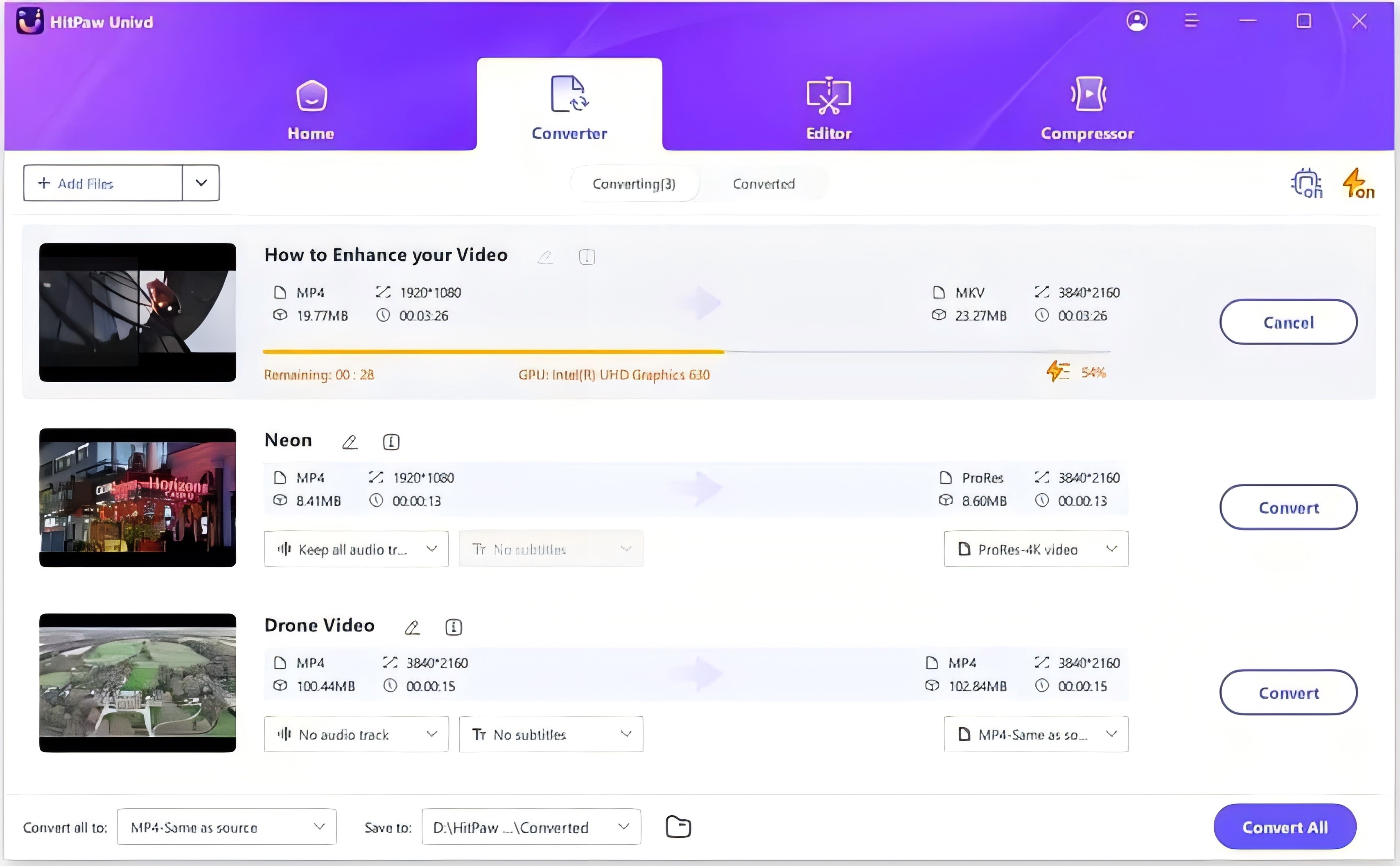
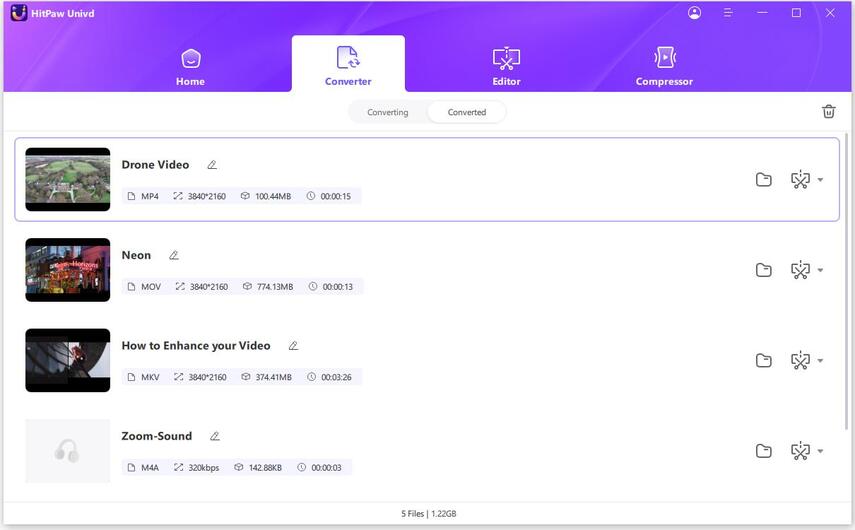

 HitPaw VikPea
HitPaw VikPea HitPaw Watermark Remover
HitPaw Watermark Remover 


Share this article:
Select the product rating:
Daniel Walker
Editor-in-Chief
My passion lies in bridging the gap between cutting-edge technology and everyday creativity. With years of hands-on experience, I create content that not only informs but inspires our audience to embrace digital tools confidently.
View all ArticlesLeave a Comment
Create your review for HitPaw articles